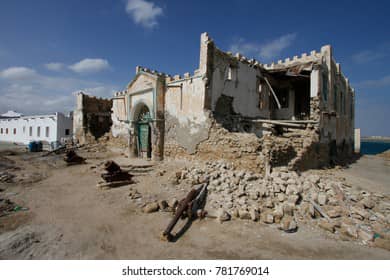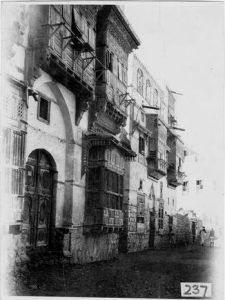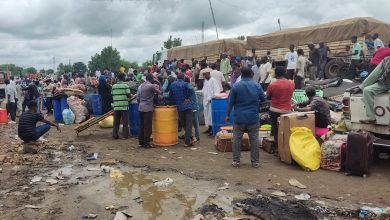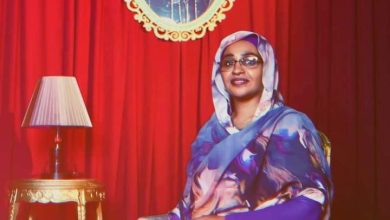Greenlaw’s Suakin: The Limits of Architectural in Coastal Sudan (2-2)

Khartoum – Sudan Events
This is a brief translation of a little of what was contained in an article that deals with constructive criticism of the book “The Coral Buildings Suakin” by Jean – Pierre Greenlaw . This article was published in the fourth issue in the forty-fourth volume of the magazine “African Arts”, issued in the winter of 2011, this atrticle was translated into arabic, Badr al-Din Hamid al-Hashemi
According to her website, Nancy Um is the Associate Director for Research and Knowledge Creation at the Getty Research Institute.
After arriving at Bakht al-Ruda training college in Sudan in 1936 to integrate drawing and crafts into the primary school curriculum, Greenlaw went on to become a major figure in Sudan’s colonial education system and art world (Clark 1977:45).
Most notably, in 1946, he established the School of Design at Gordon Memorial College, Sudan’s first art program at the level of higher education.
There, he worked with fellow teachers Shafiq Shawqi and Osman Waqialla to train local students in art and design. Of his protegees, Ibrahim El Salahi, who would later become the leading artist of the Khartoum School, is undoubtedly the most famous (Clark 1977:46, Hassan 1995:109-110). Now that the legacies of his Sudanese colleagues and students have been canonized in the rewriting of a globalized modern art, a study of this transformative mentor and educational reformer is due.
We must go beyond the covers of Suakin’s Coral Buildings to look at the vision of another observer, Ibrahim El-Salahi, Greenlaw’s most famous student, who in the late 1950s painted a painting (in watercolour) entitled “Ruins of Suakin.” It is not surprising that this city inspired the imagination of that painter.
Greenlaw had taken his students (and a number of professors) from Khartoum on a trip to Suakin, as part of field trips to other regions of Sudan in the 1940s and 1950s.
The students visited all the houses and famous places in Suakin and closely studied the details of their buildings and ways of decorating them.
El-Salahi had mentioned in an interview conducted with him in 2002 that “the way Greenlaw saw the world had a great influence on him.” El-Salahi also mentioned that Greenlaw, Shafiq Shawqi, Osman Waqi Allah, were the ones who shaped his (artistic) personality during his training period.
While this painting can be understood as a “tribute” to his revered teacher, El-Salahi’s artwork on Suakin presents a perspective that is starkly distinct from Greenlaw’s concept.
In contrast to Greenlaw’s monochromatic images, which appear to be largely restored, but selectively detailed, city architecture, El-Salahi’s city/port painting appears through carved and demolished tectonic architectural fragments, with blocks of gray earth, and isolated remains of white columns. Creamy coloured. However, Greenlaw “repaired” in his drawings the buildings that had been destroyed, and deleted some types of urban change that occurred in the buildings.
However, El-Salahi saw a formation of structural remains, acknowledging that Suakin had become a new visual formulation of picturesque monuments. In his depictions, Greenlaw grappled with the effects of time on the fabric of the city, and strove to re-enact the city at an arbitrary moment, yet coherently constructed in its past. On the other hand, El-Salahi began to enjoy the city he witnessed when it was destroyed, dilapidated, and about to disappear.
El-Salahi’s watercolor painting represents the continuing and visually impactful life of its coral buildings in Suakin after the end of the port’s days while it was at the height of its glory. Even today, Suakin is still close to recovering its previous renaissance.




